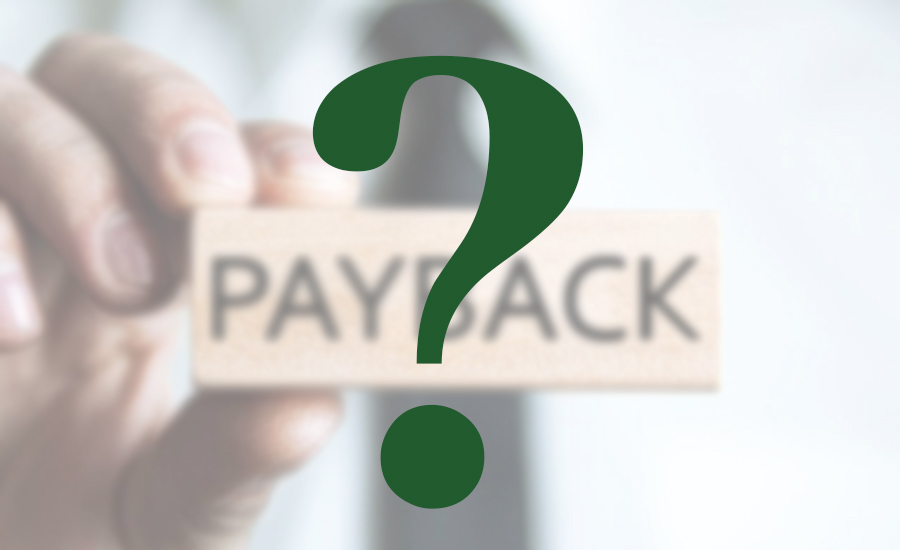
Do solar panels work in winter in the UK
Yes solar PV still works in winter. Output drops because the days are shorter and the sun is lower, but panels generate whenever there’s daylight (not only direct sun). Winter is about setting realistic expectations and running your system smartly.
Who’s this for?
Homeowners weighing up solar PV (with or without a battery) and wondering if the UK’s darker months will scupper the numbers. We’re Evergreen Power UK, installing solar PV and batteries for UK homes since 2013 so here’s the practical, homeowner-friendly take.
Why output falls in winter (and why that’s okay)
Three things change in the colder months:
- Shorter days. In London, daylight in December is roughly eight hours (give or take), versus twice that at mid summer there’s simply less “generation time” available.
- Low sun angle. The sun sits lower in the sky, reducing irradiance on your roof even at midday.
- Weather. More cloud cover means fewer bright spells though panels still work in diffuse light. National Grid notes PV doesn’t need strong, direct sunshine; it just needs daylight.
Suppliers and independent guides commonly observe that around 55–65% of annual generation arrives between April–September, leaving 35–45% for October–March a useful planning rule of thumb.
Bonus: Cooler air helps panel efficiency. Cold, bright winter days can be surprisingly productive even if total daylight is limited.
What “good” winter performance looks like
- South-facing, unshaded roof: Expect a noticeable drop versus summer but steady daytime generation on bright days.
- East/West roofs: You’ll spread generation across the morning and afternoon, which can help self-consumption on short days.
- Part-shaded roofs: Optimisers can reduce winter shading losses from low sun angles and tall trees/chimneys.
Winter savings stack: five things that move the needle
1) Maximise self-consumption
Run predictable appliances while it’s light: dishwashers, washing machines, slow cookers, heat-pump hot water, or home-working loads. Even small shifts reduce imports when unit prices are highest.
2) Use smart controls
Timers and connected plugs help you nudge daytime loads into solar windows. If you have a diverter for hot water, give it priority on bright spells.
3) Consider a battery
Storage shifts excess daytime kWh into the evening peak. It’s particularly helpful in winter when the “solar window” is short. Batteries in Great Britain are currently 0% VAT (supply & install) until 31 March 2027, which lowers upfront costs; NI has different VAT rules.
4) Pair with smart/export tariffs
If you export in winter, you’ll still get paid via the Smart Export Guarantee (SEG); with a battery, some households also use time-of-use import tariffs to charge off-peak and avoid peak rates. Check each supplier’s SEG terms and metering requirements.
How much does winter change payback?

Solar pays back over years, not weeks, so focus on the annual picture. A sensible mental model:
- Summer: high generation, lots of self-use and export income.
- Shoulder months: balanced generation and consumption.
- Winter: lower generation, so prioritise shifting what you can into daylight and using a battery (if fitted) to smooth evenings.
National-level system outlooks (from NESO, the system operator) reinforce that solar panels uk is an important contributor year-round even if winter peaks rely more on other sources. That macro picture doesn’t alter your rooftop physics, but it underlines that winter PV still matters.
Common winter myths busted
“Panels don’t work without direct sun.” False. PV works in daylight (diffuse light included), just at a lower rate than in bright, direct sun.
“Cold kills efficiency.” False. Cells are actually more efficient in cooler air; it’s the lack of light hours that limits winter output.
“Winter means zero export.” Not necessarily. Clear days can still produce a surplus, especially late winter/early spring on south-facing roofs. SEG pays for whatever you do export (if you’re enrolled).
Practical checklist for winter-ready solar
- Know your numbers: Check your monitoring app for daily/weekly kWh and winter patterns.
- Shift flexible loads: Put timers on wash cycles; pre-heat water during bright spells.
- Review tariffs: If you have (or plan) a battery, compare time-of-use imports and your SEG export deal.
- Consider storage: A right-sized battery can improve winter comfort and savings. 0% VAT in GB runs to 31 March 2027.
FAQs
1) Do solar panels work on cloudy winter days?
Yes. PV cells generate whenever there’s daylight; output is lower in cloud, but it’s not zero.
2) Is a battery worth it mainly for winter?
It helps year-round, but in winter it’s valuable for shifting short daytime generation into the busy evening period. In Great Britain the install qualifies for 0% VAT to 31 March 2027.
3) Can I still earn SEG payments in winter?
Yes if you export any surplus and you’re enrolled on an SEG tariff with a supplier. Payments are for metered export.
4) Do I need to clean panels in winter?
Usually rain does the job; just keep an eye out for heavy debris or bird mess that blocks light. Use professionals if access is tricky.
Written by: Kyler Walter

- Kyler Walter is a passionate advocate for renewable energy and sustainable living. As a leading voice at Evergreen Power UK, he specializes in solar energy solutions and has played a vital role in promoting innovative, eco-conscious technologies across the UK.
Latest entries
 SolarNovember 7, 2025Do solar panels work in winter in the UK
SolarNovember 7, 2025Do solar panels work in winter in the UK SolarAugust 8, 2025Are You Eligible for UK Solar Incentives? Here’s What to Know (2025 Guide)
SolarAugust 8, 2025Are You Eligible for UK Solar Incentives? Here’s What to Know (2025 Guide) SolarJuly 28, 2025How Long Do Solar Panels Last? And What You Can Do to Extend Their Life
SolarJuly 28, 2025How Long Do Solar Panels Last? And What You Can Do to Extend Their Life SolarJuly 21, 2025Thinking About Solar Panels in 2025? Here’s What They’ll Really Cost You
SolarJuly 21, 2025Thinking About Solar Panels in 2025? Here’s What They’ll Really Cost You
 020 3793 7323
020 3793 7323


